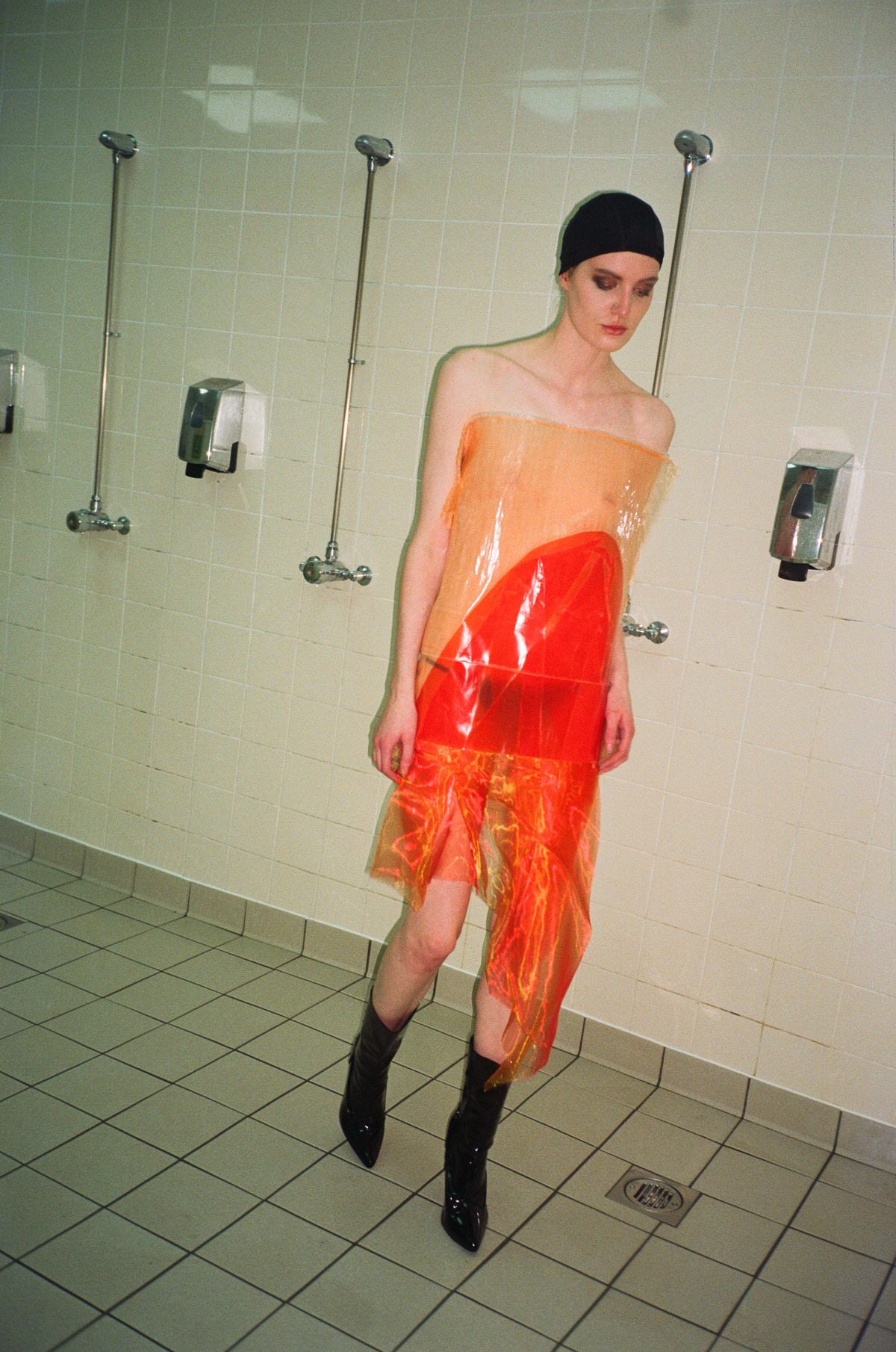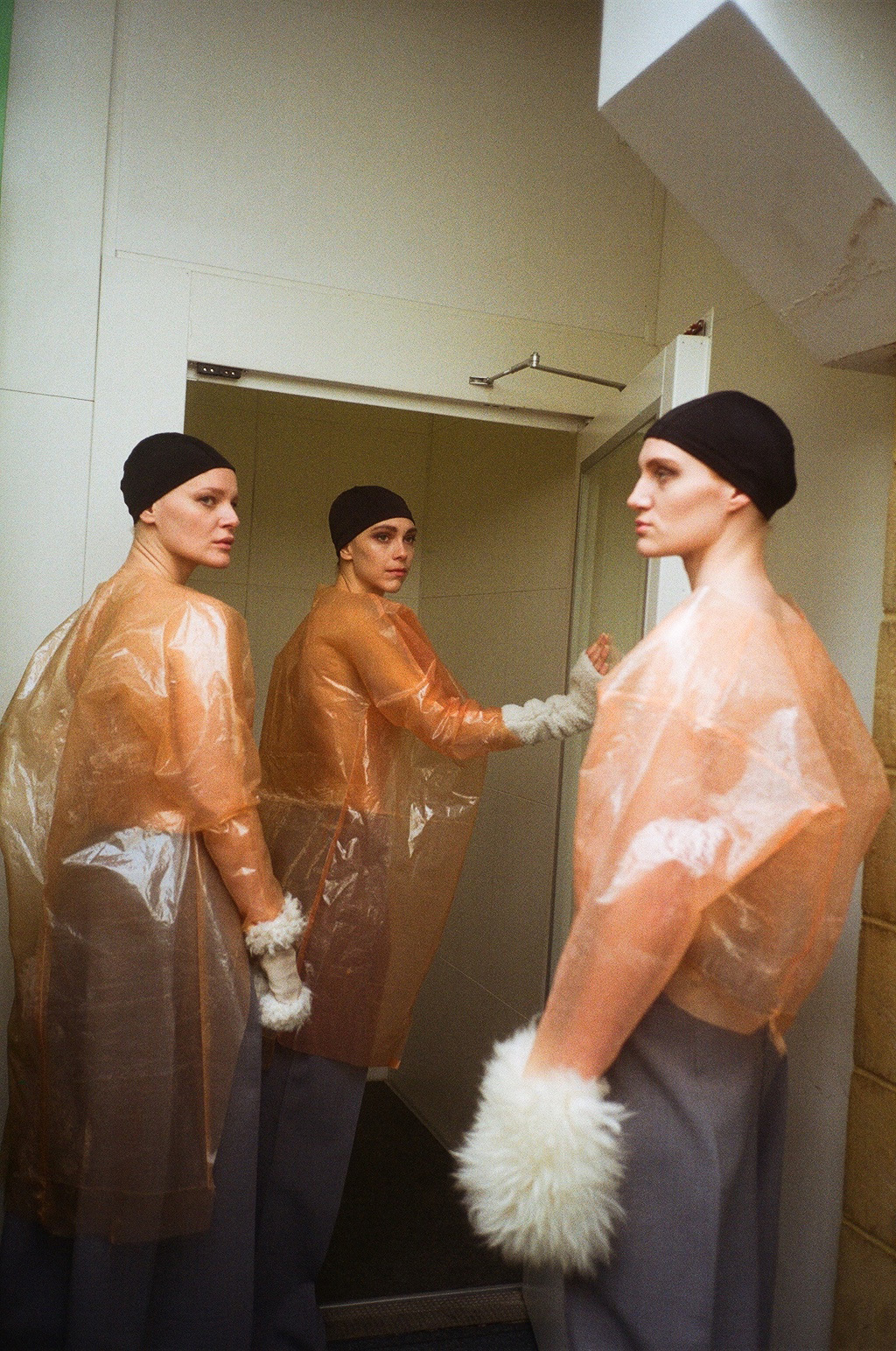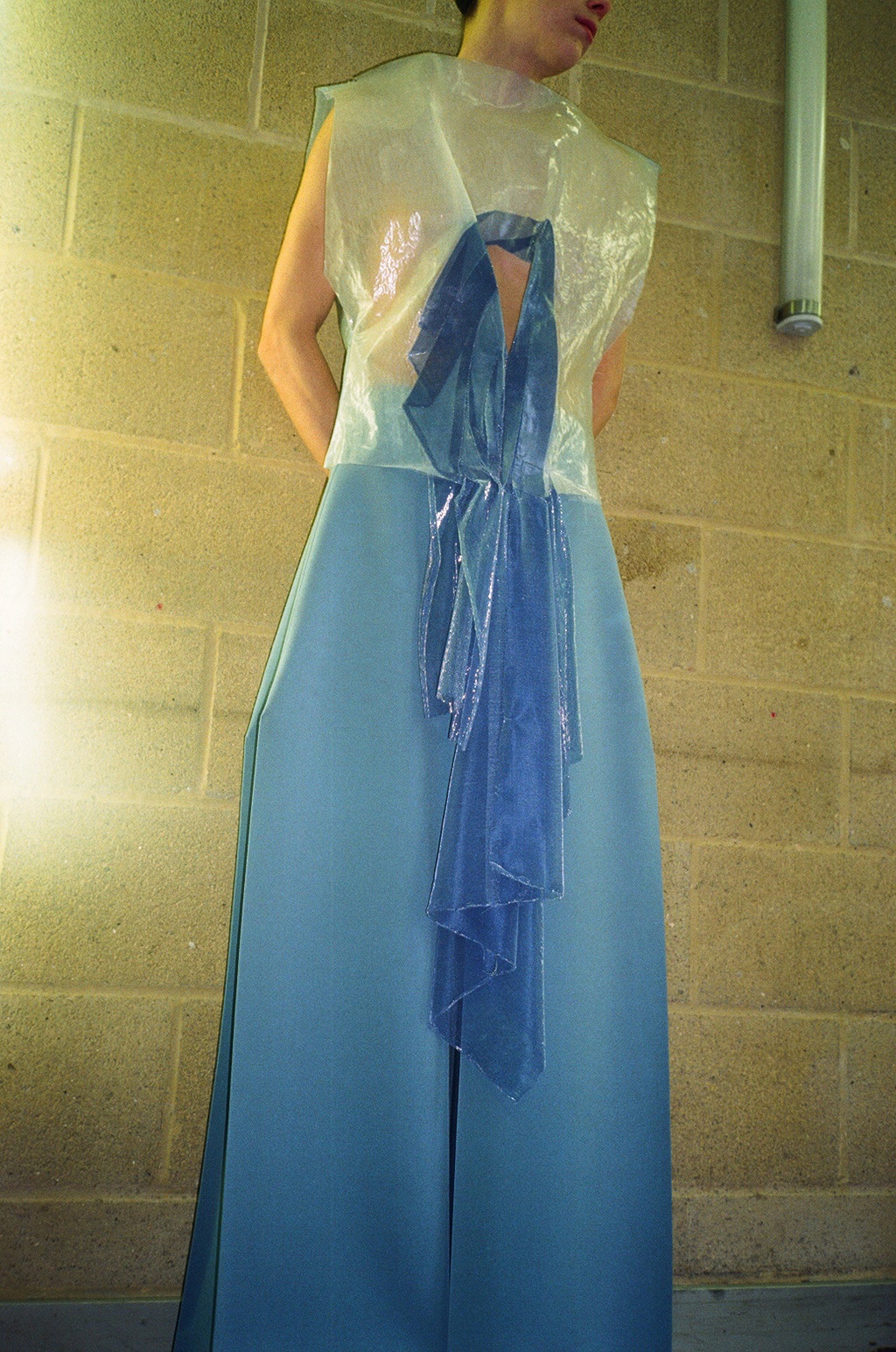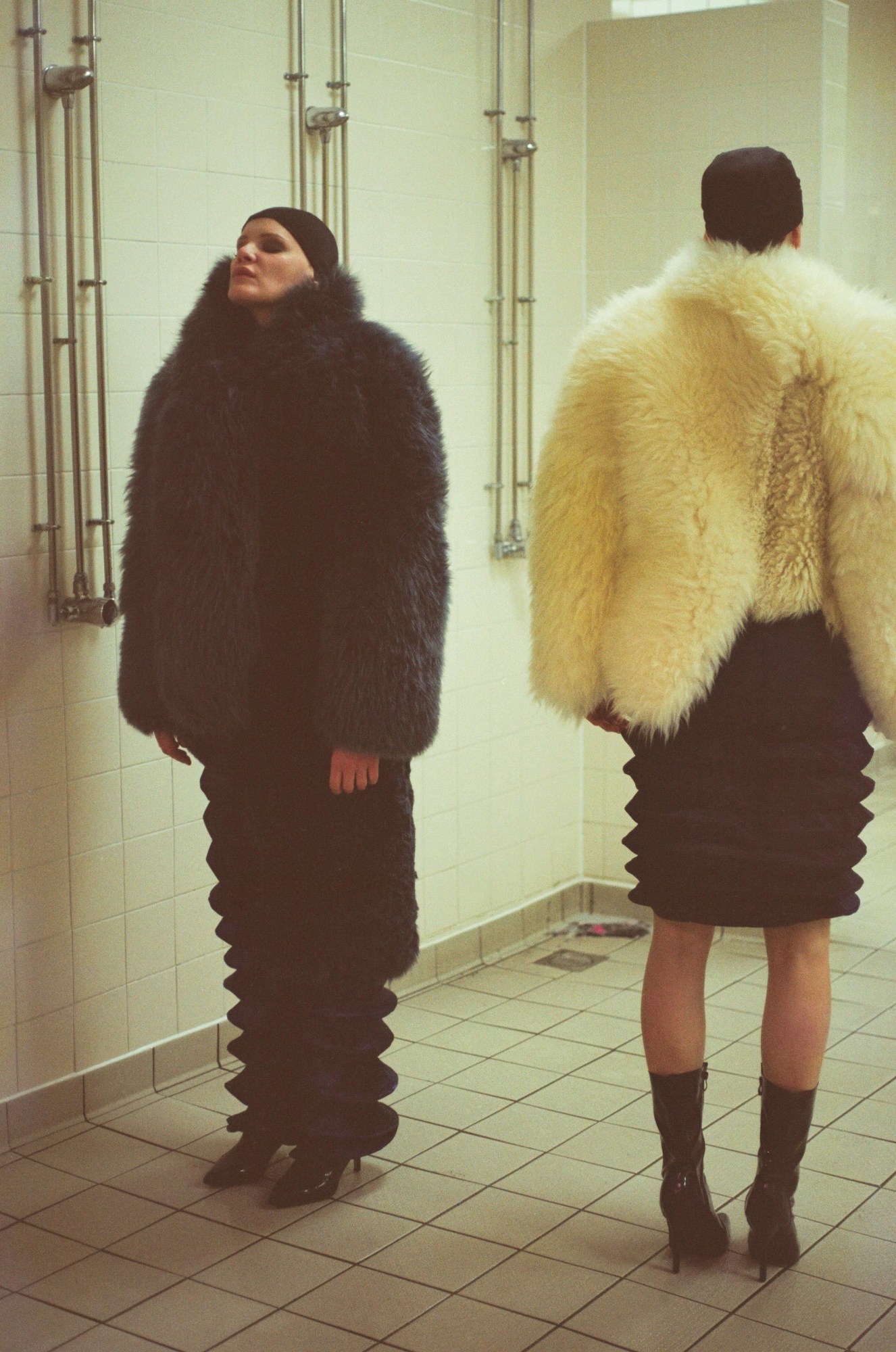Designer Markus Wernitznig first caught our eye at beginning of this year, shortly before BoF listed him as one of the graduates to keep an eye on. Just months after that he took home the fashion prize at the annual Federal Chancellery of Austria awards, part of the TAKE Festival, Vienna’s most forward thinking fashion event. Markus’s recognition was well-deserved, his talent for innovative design is obvious — and as a bonus it turns out he’s a super nice, down to earth guy.
At 15, Markus left his hometown in rural Austria to move to London and pursue his dreams. “The fact that both my parents have worked in fashion has certainly had an influence on me, but it wasn’t like that was my reason for going into fashion,” he told us. “After I arrived in England 10 years ago, I tried a lot of different paths.” Eventually he realized fashion is his passion, and pursued a BA at CSM, before stints at Céline, Tom Ford, and Balenciaga. He then got the itch to study more, and headed back to CSM to do an MA.
His graduation collection, a mixture of colorful plastic designs and chiffon elements, with trousers and tops in dramatic silhouettes that are surprisingly wearable, was inspired by the unfinished 1964 film L’Enfer by French director Henri-Georges Clouzout. We caught up with the designer and discussed his fascination with shapes and why fashion has a problem with copying.

Where does your love of silhouettes and form come from?
Before I began my creative studies I was intensively trained in design techniques. The reason behind it is maybe that I’m able to make every shape happen and I often take it to the full extent of what’s possible. Part of every designer’s job is to find your own design language.
How would you describe your approach to design and fashion in general?
I experiment a lot and try not to lose track of aspects of wearability and modernity. I want to combine different ideas and genres in my collections to create something new. The common thread in all of my work is the balance between minimalism and maximalism. Every collection for me is like a movie, consisting of many scenes.

How did you create the prints in your graduate collection?
The abstract prints are actually the results of light experiments (inspired by the unfinished film L’Enfer) that I conducted. I melted two different layers of specially made polyethylene through heat and welded colorful chiffon and organza into it. By using this experimental process, you can’t really predict the results. There’s an excessive amount of trial and error involved.
Why did you decide to move to London at the age of 15?
I grew up in a small town in rural Austria. I quit school at 15 to find my own path in England. I wanted to escape the conventional environment because I couldn’t see any perspective or possibilities to be creative there for me. It’s so liberating to turn your back on the past. If you’re younger, you are freer and more imprudent. You make these decisions without thinking of the consequences. Looking back, it was the best decision I could make.


Back then, did you know that you wanted to create clothing?
The fact that both my parents work in or have been in fashion has certainly had an influence on me — but it wasn’t like that was my reason to go into fashion. After I arrived in England 10 years ago, I tried a lot of paths. And over time I got sucked into fashion more and more. That’s how it all started.
How does the current state of fashion influence you as a young designer?
Fashion is currently in a state where copies of copies dominate the market. Me trying to establish a new genre is my reaction to this. I want to create fashion that doesn’t please the masses.
What’s next for you?
At the moment, I’m pondering my possibilities and perspectives. I’m open to anything and have a positive outlook on the future.



Credits
Text Alexandra Bondi
Photography Liana Osheverova und Emeline Lambert
